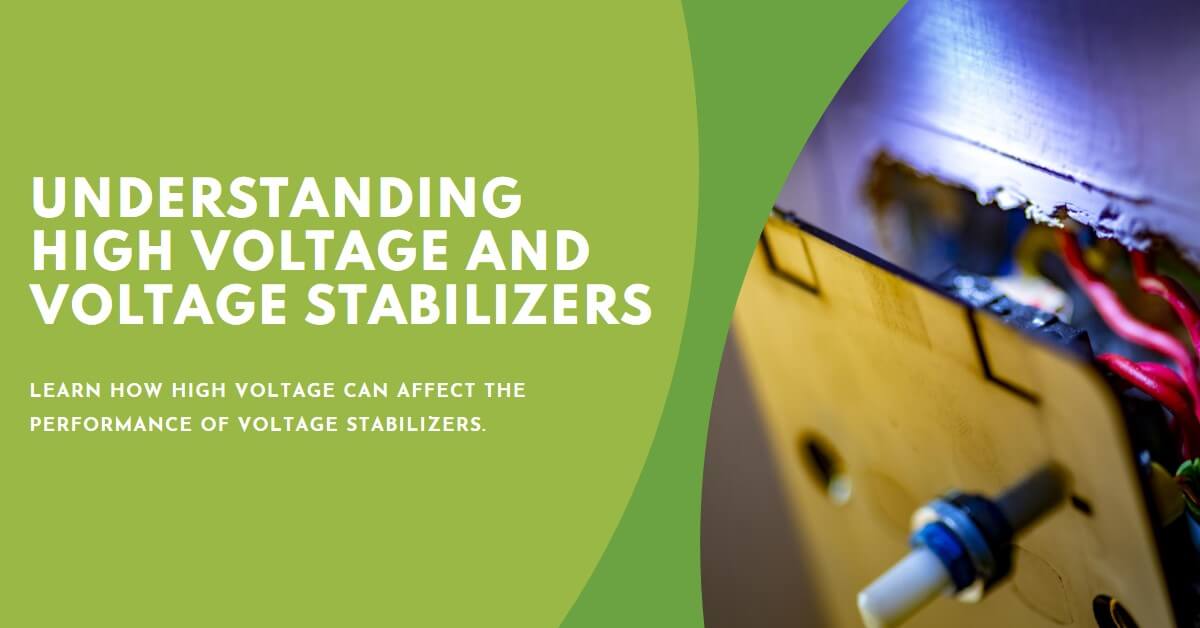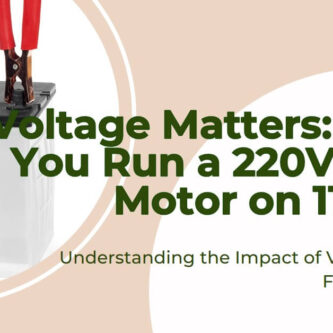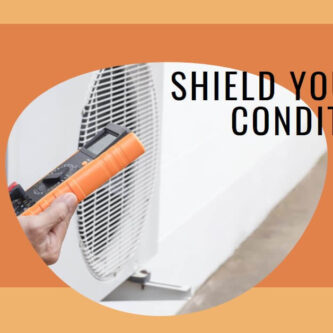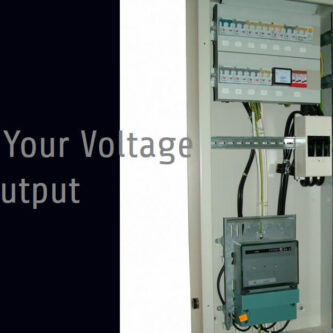Image: “Article Feature Image” by Bing is licensed under CC BY-NC-SA 4.0. Source: Bing Graphic Art. License: CC BY-NC-SA 4.0.
Voltage stabilizers play a crucial role in maintaining a stable and optimal voltage supply to electrical devices.
However, one concern that arises is whether high voltage can potentially damage the voltage stabilizer itself.
Yes, high voltage can potentially damage voltage stabilizers. When exposed to high voltage levels, voltage stabilizers can experience component failure, reduced lifespan, and degraded performance.
In this article, we will explore the effects of high voltage on voltage stabilizers, the factors influencing damage, signs of damage, and strategies to protect voltage stabilizers from high voltage.
Understanding High Voltage
High voltage refers to an electrical potential that exceeds the designated safe limits.
It is characterized by increased electrical pressure and can pose significant risks to both electrical devices and human safety.
High voltage can result from various factors such as power grid fluctuations, lightning strikes, or faulty electrical systems.
Voltage Stabilizers and Their Function
Voltage stabilizers are devices designed to regulate and maintain a consistent voltage output, protecting connected electrical equipment from voltage fluctuations.
They serve as a crucial line of defense against voltage surges, sags, and spikes, which can cause damage or malfunction to sensitive electronic devices.
Voltage stabilizers work by continuously monitoring the incoming voltage and adjusting it to a predetermined safe level. This ensures that the electrical devices receive a stable and optimal voltage supply, regardless of the fluctuations in the main power source.
There are different types of voltage stabilizers available, including electromechanical stabilizers, electronic stabilizers, and servo-controlled stabilizers. Each type has its own mechanism for voltage regulation.
Potential Impact of High Voltage on Voltage Stabilizers
High voltage can have adverse effects on voltage stabilizers. When exposed to excessive voltage, the components of a voltage stabilizer may experience stress and strain beyond their specified limits.
This can result in various issues such as component failure, reduced lifespan, and degraded performance. Yes, high voltage can potentially damage voltage stabilizers.
The severity of the damage caused by high voltage depends on factors such as the voltage tolerance and limits of the voltage stabilizer, the quality and durability of its components, and the presence of surge protection devices.
Factors Influencing Damage to Voltage Stabilizers
Voltage tolerance and limits of voltage stabilizers: Voltage stabilizers have specific tolerance levels, beyond which they may not be able to effectively regulate the voltage. Exposing them to voltages exceeding these limits can cause damage.
Quality and durability of voltage stabilizers: Poorly constructed or low-quality voltage stabilizers may be more susceptible to damage from high voltage compared to high-quality ones.
Environmental conditions and electrical surges: Voltage stabilizers can be affected by environmental factors such as lightning strikes, power grid fluctuations, or electrical surges. These events can introduce high voltage levels and potentially damage the stabilizer.
Read also my article: Is Your Refrigerator at Risk? Unveiling the Dangers of Overvoltage.
Signs and Symptoms of Voltage Stabilizer Damage
It is important to be aware of the signs that may indicate damage to a voltage stabilizer due to high voltage. Some common indicators include:
- Malfunctioning of connected electrical devices even when the stabilizer is operational.
- Frequent tripping of the stabilizer or circuit breakers.
- Unusual noises, sparks, or burning smells from the voltage stabilizer.
- Physical damage to the stabilizer’s components or casing.
Protecting Voltage Stabilizers from High Voltage
To safeguard voltage stabilizers from the damaging effects of high voltage, the following measures should be taken:
Importance of surge protection devices: Installing surge protection devices, such as surge protectors or lightning arrestors, can help divert excessive voltage away from the stabilizer, providing an added layer of defense against power surges. Check out the below surge protection device from EATON:
Regular maintenance and inspections: Conducting periodic maintenance checks and inspections can help identify any potential issues with the voltage stabilizer before they escalate into major problems.
This includes inspecting wiring, connections, and components for signs of damage.
Proper installation and grounding techniques: Ensuring proper installation and grounding of the voltage stabilizer is crucial.
This minimizes the risk of high voltage buildup and directs excess voltage away from the stabilizer.
Check out my comprehensive article: The Truth About Surge Protectors: Are Your Appliances Really Protected?
Conclusion
While voltage stabilizers are designed to protect electrical devices from voltage fluctuations, they can themselves be vulnerable to damage from high voltage.
Understanding the potential impact of high voltage on voltage stabilizers, recognizing signs of damage, and implementing protective measures are essential to ensure their longevity and optimal performance.
By taking appropriate precautions, individuals and organizations can effectively safeguard their voltage stabilizers and connected electrical devices from the risks associated with high voltage.




